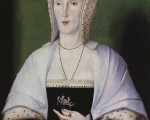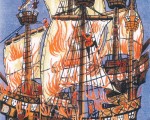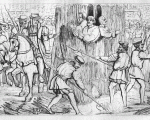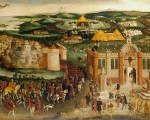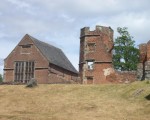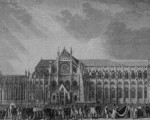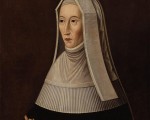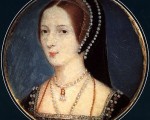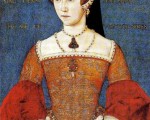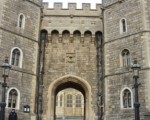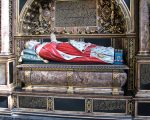
Marguerite d’Anjou, more commonly known as Margaret of Anjou and wife to Henry VI of England, was born to René, Duke of Anjou, and Isabella, daughter of the Duke of Lorraine, in Pont-à-Mousson, France on 23 March 1429. Pont-à-Mousson lies in modern north-eastern France, close to the countries of Luxembourg and Lichtenstein. The Moselle river flows through Pont-à-Mousson and the skyline boasts the impressive Norbertine abbey, which was built in 1121. Young Marguerite spent her early years in the castle of Capua in Naples, Italy, where her father was titular king, and in the castle of Tarascon on the Rhône River. Marguerite was tutored by her well-educated mother and may have received some lessons from Antoine de la Salle, who tutored Marguerite’s brothers.
[Read More...]


